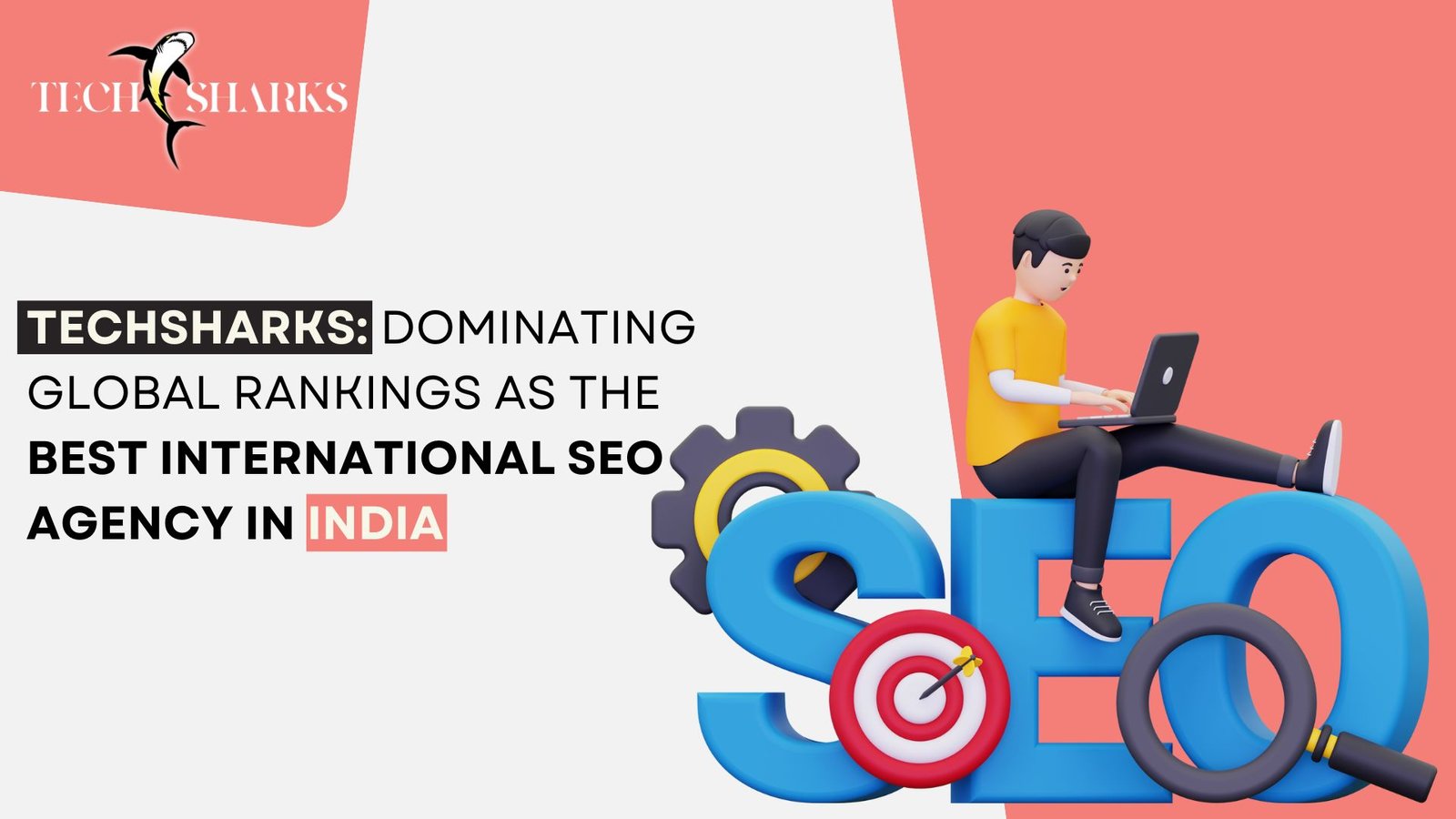In the fast-evolving world of digital marketing, synthetic media has become a game-changer. This innovative approach, powered by artificial intelligence, is transforming how brands create content, engage audiences, and streamline their marketing strategies.
Let’s explore what synthetic media is, its role in marketing, and how it can elevate your content creation process.
What Is Synthetic Media?
Synthetic media refers to content generated or enhanced by AI. This includes images, videos, voices, and even text created by algorithms rather than traditional human processes.
Examples of synthetic media:
- AI-generated videos with digital avatars.
- Hyper-realistic product images made without physical shoots.
- Voiceovers created using text-to-speech technology.
Why Synthetic Media Matters in Marketing

In marketing, time and creativity are valuable resources. Synthetic media offers:
- Speed and Efficiency: AI can generate high-quality visuals and videos in minutes, saving time on lengthy production cycles.
- Cost-Effectiveness: With fewer resources needed for shoots, locations, and actors, brands can cut production costs significantly.
- Scalability: Synthetic media makes it easy to create content tailored for different platforms and audiences without starting from scratch.
- Personalization: AI tools can customize messages, visuals, and even voices to connect with individual audience segments.
Applications of Synthetic Media in Marketing
1. Video Content Creation
AI-powered tools like DeepBrain and Synthesia allow brands to create engaging videos with lifelike avatars. This is ideal for explainer videos, product demonstrations, and training materials.
2. Virtual Influencers
Synthetic influencers—AI-created personalities—are gaining traction. These virtual figures can represent brands on social media without the unpredictability of human influencers.
3. Personalized Ads
AI can tailor ads to specific demographics by generating visuals and messages that resonate with each audience. This boosts engagement and conversion rates.
4. Product Visualization
Brands can use synthetic media to create realistic 3D product models for their websites or ads. Customers can explore every detail without seeing the product in person.
How Synthetic Media Benefits Brands
- Global Reach: AI tools can create content in multiple languages, helping brands connect with international audiences.
- Reduced Carbon Footprint: By eliminating the need for physical shoots, brands can create content sustainably.
- Consistency: Synthetic media ensures every piece of content aligns with the brand’s visual identity and tone.
Challenges of Synthetic Media
While synthetic media offers many advantages, it also comes with challenges:
- Ethical Concerns: Misuse of synthetic content, such as deepfakes, raises questions about authenticity.
- Lack of Human Touch: Over-reliance on AI may result in content that feels impersonal or generic.
- Skill Requirements: Using advanced AI tools may require training or hiring experts.
Brands must strike a balance between using synthetic media and maintaining genuine human connections.
How to Get Started with Synthetic Media
- Choose the Right Tools: Platforms like DALL-E, Runway, and Jasper AI offer various synthetic media capabilities.
- Start Small: Experiment with AI for specific tasks, such as generating product visuals or enhancing existing content.
- Prioritize Quality: Focus on producing content that adds value and feels authentic, even if it’s AI-generated.
- Stay Transparent: Let your audience know when you’re using synthetic media to maintain trust.
Future of Synthetic Media in Marketing
Synthetic media is rapidly advancing. In 2025 and beyond, we can expect:
- Smarter AI Tools: AI will become more intuitive, creating content that closely mimics human creativity.
- Enhanced Interactivity: From virtual sales assistants to interactive ads, synthetic media will make marketing more engaging.
- Broader Accessibility: As AI tools become more affordable, businesses of all sizes can leverage synthetic media.
Conclusion
Synthetic media in marketing is revolutionizing the way brands create content. By embracing this trend, businesses can save time, reduce costs, and deliver personalized, high-quality campaigns that resonate with audiences.
However, successful adoption requires balance—leveraging AI while preserving the authenticity and creativity that make content truly impactful. Start exploring synthetic media today to stay ahead in the dynamic world of marketing.




